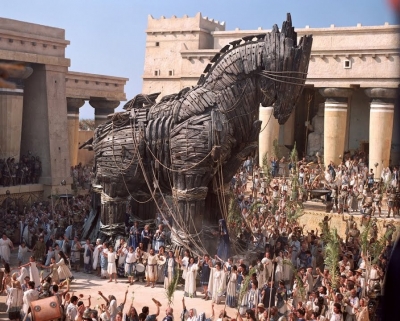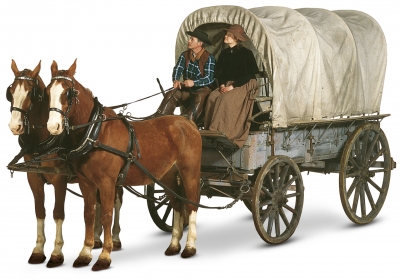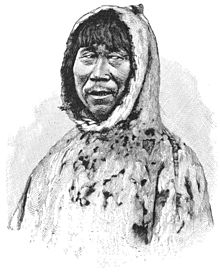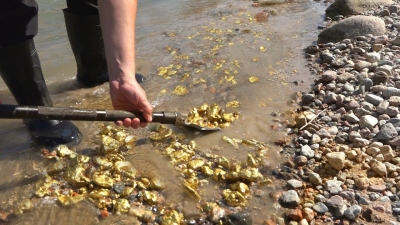What are 'pieces of eight'?
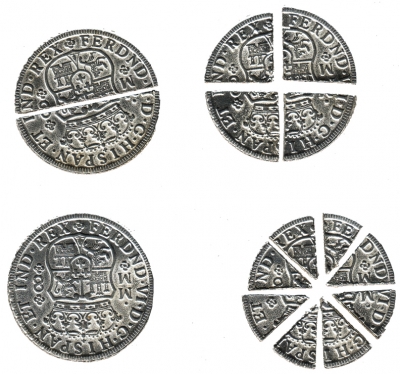
Spanish pieces of eight were silver coins worth eight reales. They were shipped in huge quantities between Europe and Mexico by the powerful Spanish empire. Commonly known as dollars, they and the gold doubloon coin were the main targets of pirates.
In 1652 the Massachusetts Bay Company became the first colony to mint its own coins, since because of the English Civil War there was no monarch on the throne of England. The issue of coinage by colonists was strictly prohibited by England, but the Puritans of Massachusetts continued to make their own coins for some thirty years thereafter, stamping the year 1652 on them as a way to circumvent the law.
There were frequent money shortages in the colonies, which usually ran a trade deficit with Europe: the colonies supplied raw goods to Europe, but finished goods, including manufactured items were mostly imported, resulting in an imbalance of trade. Coinage scarce, most colonists conducted trade as barter, exchanging goods and services for the same. The monetary situation on the North American mainland remained tenuous even after the American Revolution (1775–1783). It was not stabilized until after 1785 when Congress established the dollar as the official currency of the new United States.
Credit : Encyclopedia.com
Picture Credit : Google
